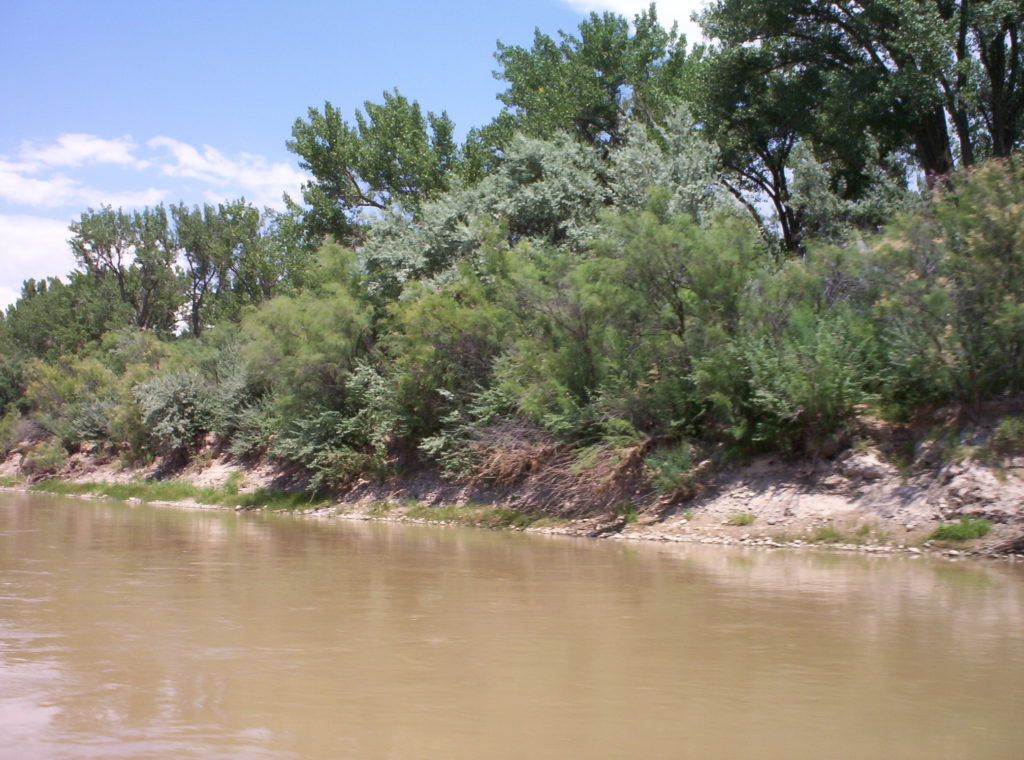Coloradans may want wind and solar energy to replace all the traditional power sources, and have made it a statewide goal. But they oppose construction of power lines that are required to accomplish that objective. How can they have it both ways?
That predicament has tied the New Jersey legislature in knots for months, over a planned installation of solar panels on open farmland. The debate has pitted renewable energy activists and solar developers against open space preservationists, and no agreement is in sight.
It reminds me of the question the City of Ft. Collins had to answer a couple years ago when faced with this dilemma. A transmission line from Wyoming to the Rawhide Energy Station north of Wellington created a conflict between the City’s stated goal of becoming fossil fuel free, and its concern about power lines. This particular line crosses nearly ten miles of city-owned open space called Meadow Springs Ranch, prime habitat for burrowing owls and the newly re-introduced black footed ferret, once thought to be extinct. But the power line would carry 150 megawatts of wind energy, enough to power more than 70,000 homes and reduce Ft. Collins’ greenhouse gas emissions by ten percent. The debate raged in the City Council for some time, but in the end, habitat and open space were lower priorities than bringing wind energy to town.
Leaders frequently must search their souls and decide which environmental concern matters more, because such priorities often conflict. Westerners are all-too familiar with projects that come to a screeching halt because of the discovery of an endangered species, for example. But what if the project is not a power line, power plant, or gravel pit, but an important conservation project?
The federal, state, and local governments, along with private donors, foundations, and conservation groups, spent tens of millions of dollars studying, educating, publicizing, and working to eradicate tamarisk (salt cedar) from the banks of western rivers. Tamarisk is an invasive non-native plant that has spread across virtually every river system in half the United States, consuming unfathomable amounts of water. It is among nature’s thirstiest plants, lowering water tables and drying up springs, wetlands and riparian areas. One tree can drink more than 200 gallons of water per day, and they often grow in stands of over 3,000 trees per acre. Tamarisk now covers nearly two million acres of river banks. Despite years of effort, it remains one of the most difficult of all non-native species to control, possibly the nation’s most insidious water problem.

In two different installments, Congress gave over $50 million federal dollars to research universities, and non-profit “demonstration projects.” The tamarisk still thrives, despite all those studies. It prompted creation some years ago of the Tamarisk Coalition, now known as RiversEdge West, based in Grand Junction. The group has raised national awareness of the magnitude of the problem, made great progress in organizing eradication efforts, and added greatly to the scientific understanding of the species.
One of the more promising aspects of their research involved “biocontrol” – use of a little bug that feasts on tamarisk, an insect called the salt cedar leaf beetle. Research in Nevada shows that the beetles can reduce the canopy cover of tamarisk trees by over 90 percent, and can reduce water use by as much as 50-70 percent. The research was led by University of California weed scientist Tom Dudley, and Dan Bean, manager of the Colorado Agriculture Department’s Palisade Insectary. There remain many unanswered questions, but sadly most of that research came to a halt when the U.S. government pulled the plug. That happened because an endangered bird called the southwest willow flycatcher was found to be living in stands of tamarisk.
The irony is hard to ignore, since tamarisk is not native to this ecosystem. That means either the southwest willow flycatcher is also not native, or it formerly thrived among other habitats – so is not likely to be harmed by tamarisk removal. Nevertheless, with federal bureaucrats, endangered species trump other priorities, including removal of damaging invasive non-native species. Even if additional monitoring might show the ability to save vast amounts of desperately-needed water – including water needed by endangered fish – the government has halted such monitoring. Flycatchers are apparently a higher priority than razorback suckers.
So there you have it. One environmental priority trumps another, without any process to determine whether those are the public’s priorities. Someone must inevitably make these tough decisions, but in this case, the government got it completely wrong.




Comments on this entry are closed.